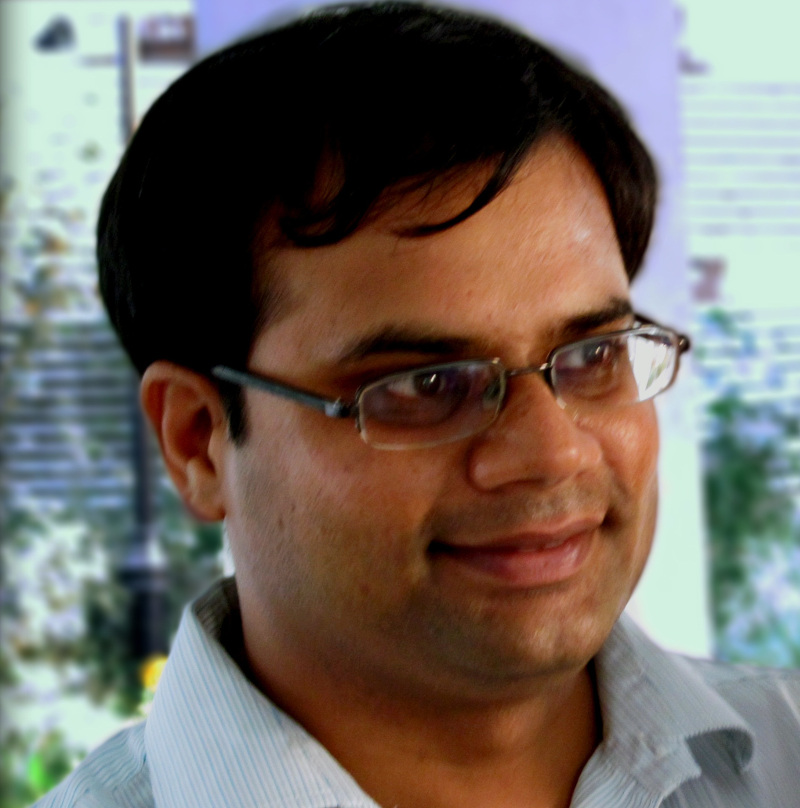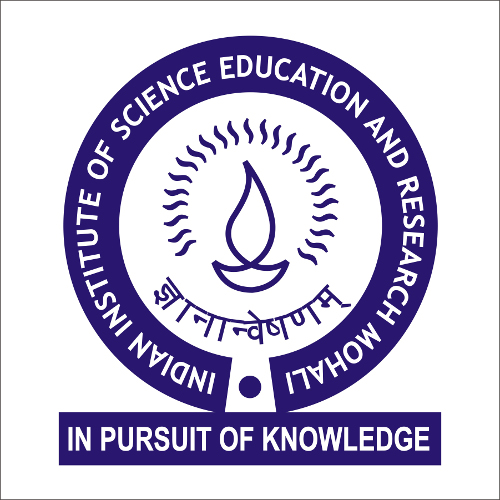Research Focus
Current Research focus:
Research is pursued in four broad inter related areas of environmental science, namely
Ozone formation chemistry
Sources, sinks and transformation of ambient VOCs, GHGs and Ammonia
Ambient Air Quality of Mega Cities ,Biomass Burning and Biogenic emissions
Development and validation of low cost air samplers and OH reactivity instruments
The main experimental techniques used by the group are:
Proton transfer reaction mass spectrometry (PTR-MS)
Optical spectroscopic methods (UV, Chemiluminescence & IR)
Gas chromatography
Research objective:
10,000 to 100,000 different organic compounds have been measured in the Earth's atmosphere (total emission estimate ˜ 1.3 billion tonnes of carbon). In combination with NOx and sunlight these emissions fuel the formation of tropospheric ozone which is a major health and agricultural hazard when present at high levels.
Chemical conversion by the "detergent" of the atmosphere, namely the OH radical converts emissions into more easily removable secondary products (e.g. Secondary organic aerosol (SOA) and oxygenated VOCs), which also significantly influence the chemical composition of the atmosphere, in turn affecting the radiative balance (climate), activity of cloud condensation nuclei (CCN) and atmospheric dynamics with widespread health and climate impacts. Our group investigates these chemical processes in order to develop basic scientific understanding required for assessing pollution impacts and proposing mitigation strategies and policies.
|
|
Selected Publications
-
Vettikkat, L., Sinha, V., Datta, S., Kumar, A., Hakkim, H., Yadav, P., and Sinha, B., Significant emissions of dimethyl sulfide and monoterpenes by big-leaf mahogany trees: discovery of a missing dimethyl sulfide source to the atmospheric environment, Atmos. Chem. Phys., 20, 375–389, https://doi.org/10.5194/acp-20-375-2020, 2020.
-
Hakkim, H., Sinha, V., Chandra, B. P., Kumar, A., Mishra, A. K., Sinha, B., Sharma, G., Pawara, H., Sohpaul, B., Ghude, S. D., Pithani, P., Kulkarni, R., Jenamani, R. K., Rajeevan, M., Volatile organic compound measurements point to fog-induced biomass burning feedback to air quality in the megacity of Delhi, Science of the Total Environment, 689, 295-305, 2019.
-
Kumar, V., Chandra, B. P., Sinha, V., Large unexplained suite of chemically reactive compounds present in ambient air due to biomass fires, Scientific Reports, 8, 626, https://www.nature.com/articles/s41598-017-19139-3, 2018.
-
Chandra, B.P., Sinha, V., Hakkim, H., Sinha, B., Storage stability studies and field application of low cost glass flasks for analyses of thirteen ambient VOCs using proton transfer reaction mass spectrometry, International Journal of Mass Spectrometry 419, 11-19, http://dx.doi.org/10.1016/j.ijms.2017.05.008, 2017.
-
Sarkar, C., Sinha, V., Kumar, V., Rupakheti, M., Panday, A.K., Mahata, K., Rupakheti, D., Kathayat, B., Lawrence, M.G., Overview of VOC emissions and chemistry from PTR-TOF-MS measurements during the SusKat-ABC campaign: High acetaldehyde, isoprene and isocyanic acid in wintertime air of the Kathmandu Valley, Atmos. Chem. Phys., 16, 3979- 4003, 2016.
-
Chandra, B.P., Sinha, V., Contribution of post-harvest agricultural paddy residue fires in the N.W. Indo-Gangetic Plain to ambient carcinogenic benzenoids, toxic isocyanic acid and carbon, Environment International 88, 187-197, 2016.
-
Kumar, V., Sarkar, C., Sinha, V., Influence of post-harvest crop residue fires on surface ozone mixing ratios in the N.W. IGP analyzed using 2 years of continuous in situ trace gas measurements, JGR Atmospheres 121, 3619- 3633, http://dx.doi.org/10.1002/2015JD024308, 2016
-
Sinha,V., Kumar,V., Sarkar,C., Chemical composition of pre-monsoon air in the Indo–Gangetic Plain measured using a new PTR-MS and air quality facility: high surface ozone and strong influence of biomass burning, Atmos. Chem. Phys., 14, 5921-5941, 2014.
-
Sinha, V., Williams, J., Crowley, J., Lelieveld J., The Comparative Reactivity Method – A new tool to measure the total OH Reactivity of ambient air, Atmos. Chem. Phys., 8, 2213-2227, 2008.
|

